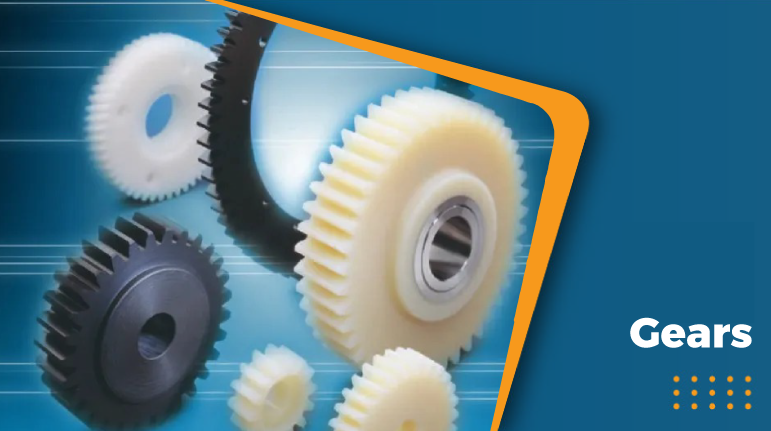Products

Gears
Gears are critical engineering components that play a pivotal role in the transmission of motion and power within machinery. These precision-engineered components consist of toothed wheels that mesh together, converting rotational motion from one part of a machine to another. Gears are versatile, available in various types, sizes, and materials, making them indispensable in a wide range of applications across industries.
Features:
-
Types of Gears:
- Gears come in various types, including spur gears, helical gears, bevel gears, worm gears, and planetary gears, each designed to fulfill specific mechanical requirements.
-
Materials:
- Crafted from high-quality materials such as steel, brass, aluminum, or advanced polymers, gears are chosen based on the application's demands for strength, durability, and resistance to wear.
-
Precision Machining:
- Gears undergo precise machining processes to ensure accurate tooth profiles, proper alignment, and smooth meshing, contributing to efficient power transmission.
-
Tooth Profiles:
- Gears may feature different tooth profiles, such as involute or cycloidal, depending on the application's requirements for smooth motion and minimal backlash.
-
Heat Treatment:
- In applications demanding enhanced hardness and wear resistance, gears may undergo heat treatment processes such as carburizing or induction hardening.
Benefits:
-
Power Transmission: Gears efficiently transmit rotational motion and power, enabling the proper functioning of machinery.
-
Precision and Accuracy: Precision machining ensures accurate gear profiles, contributing to the overall precision and efficiency of mechanical systems.
-
Versatility: Gears are versatile components, available in various types to suit different applications and operational requirements.
